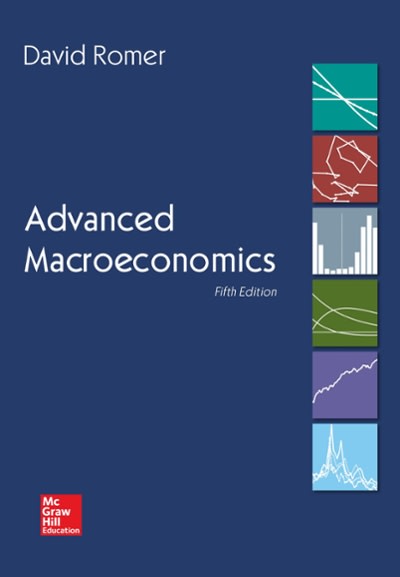The efficiency of the decentralized equilibrium in a search economy. Consider the steady state of the model
Question:
The efficiency of the decentralized equilibrium in a search economy.
Consider the steady state of the model of Section 11.4.
Let the discount rate, r, approach zero, and assume that the firms are owned by the households; thus welfare can be measured as the sum of utility and profits per unit time, which equals yE − (F +V )c + bU. Letting N denote the total number of jobs, we can therefore write welfare as W(N ) = (y − b)E(N ) + b − Nc, where E(N ) gives equilibrium employment as a function of N.
(a) Use the matching function, (11.53), and the steady-state condition, M(U,V ) =
λE, to derive an expression for the impact of a change in the number of jobs on employment, E
(N ), in terms of E(N ) and the parameters of the model.
(b) Substitute your result in part
(a) into the expression for W(N ) to find W
(N )
in terms of E(N ) and the parameters of the model.
(c) Use (11.66) and the facts that a = λE/(1 − E ) and α = λE/V to find an expression for c in terms of NEQ, E(NEQ), and y, where NEQ is the number of jobs in the decentralized equilibrium.
(d) Use your results in parts
(b) and
(c) to show that W
(NEQ) > 0 if γ > 1 − φ
and W
(NEQ) < 0 if γ < 1 − φ.
Step by Step Answer:







